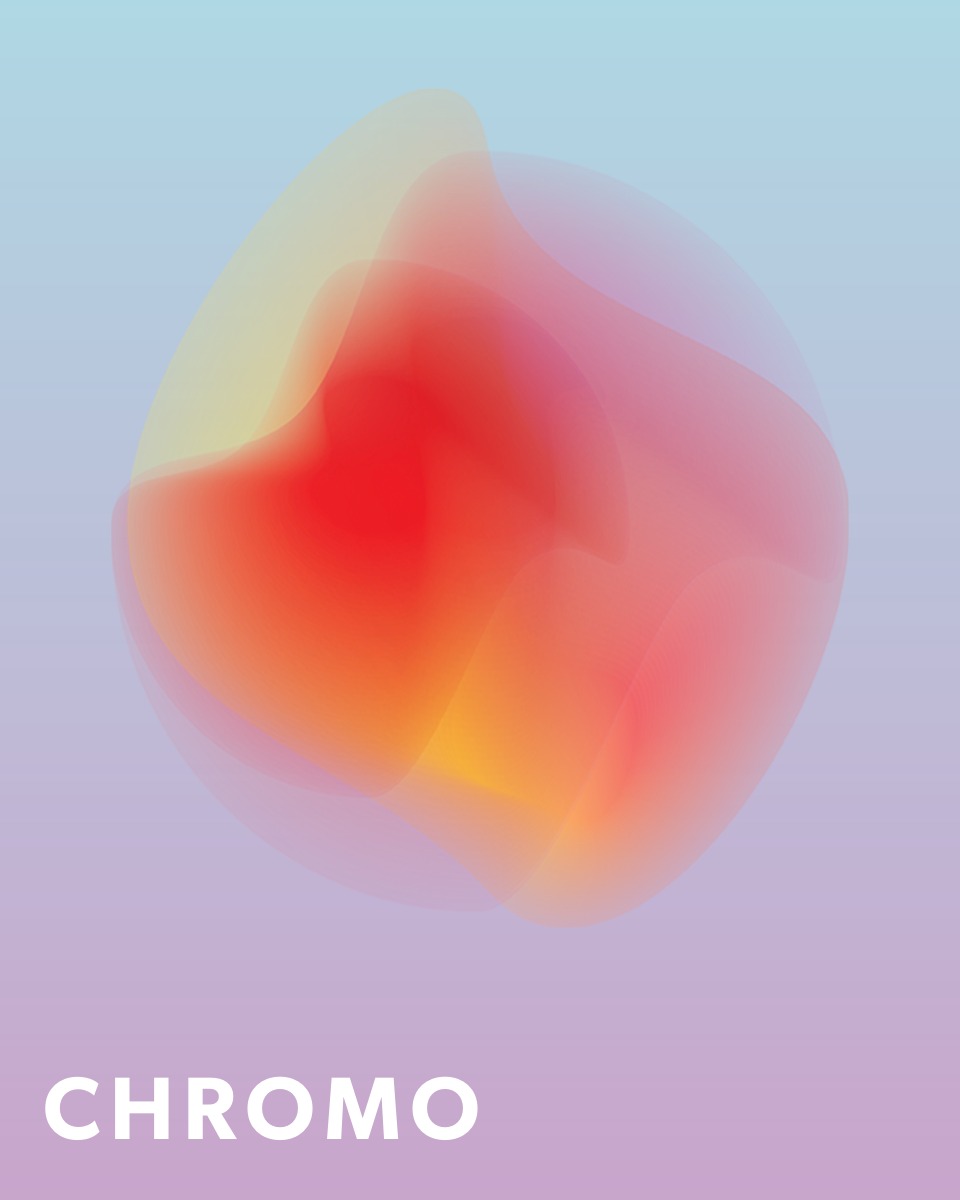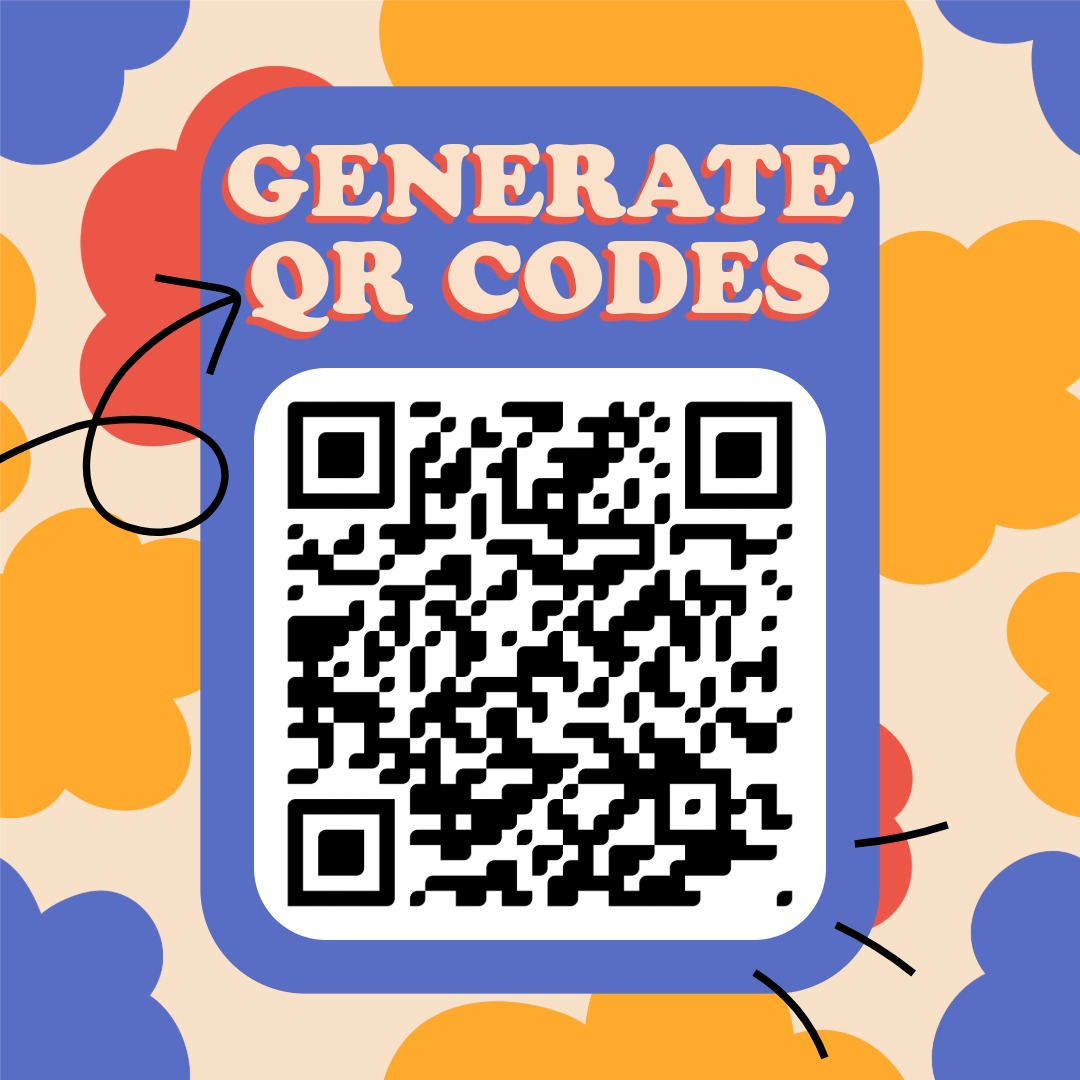Intersection of Relations
The intersection of two relations contains those ordered pairs that appear in both relations. This creates a new relation that is the 'common part' of the two relations.
Formal Definition
In the intersection, only those connections remain that are present in both relations.
Examples of Intersection of Relations
Let R = { (1,2), (2,3), (3,4) }, S = { (2,3), (3,4), (4,5) }.
Then R ∩ S = { (2,3), (3,4) }.
Properties
- The intersection is always narrower or equal to the original relations.
- The intersection is commutative: R ∩ S = S ∩ R.
- The intersection is associative: (R ∩ S) ∩ T = R ∩ (S ∩ T).
- When examining properties of two relations, the intersection often inherits them (e.g., if R and S are transitive, then R ∩ S is also transitive).
Summary
The intersection of relations contains those connections that are common to both. This is useful when we want to highlight the common part of two different connections, for example in network, family, or transportation system analysis.
Practice Exercise
We have reviewed and checked the materials, but errors may still occur. The content is provided for educational purposes only, so use it at your own responsibility and verify with other sources if needed.
✨ Ask Lara — your AI study partner
Unlock personalized learning support. Lara can explain lessons, summarize topics, and answer your study questions — available from the Go plan and above.
Lara helps you learn faster — exclusive to ReadyTools Go, Plus, and Max members.


